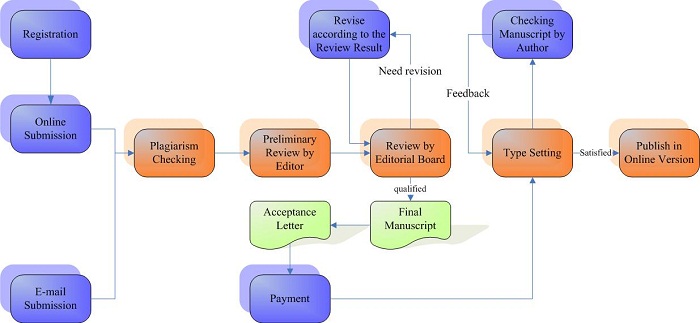Journal of Economics and Public Finance (JEPF) is an international open-access journal published by Scholink. The aim of JEPF is to provide a platform for academics and practitioners all over the world to share latest advancements in different areas of economics and finance. We would welcome scholars and researchers engaging in the related field to submit your manuscripts to JEPF. Both of online submission and E-mail submission (jepf@scholink.org) are acceptable. JEPF is dedicated to publishing high quality theoretical and empirical manuscripts studies in the field of economics and finance, which covers, but is not limited to the following areas:
Index/List
| Open access: Journal of Economics and Public Finance is available online to the reader "without financial, legal, or technical barriers other than those inseparable from gaining access to the internet itself." Peer review: Journal of Economics and Public Finance takes peer review policy. Peer review is the evaluation of work by one or more people of similar competence to the producers of the work (peers).
|
Journal Publishing Flowchart

Announcements
Call for Papers for Vol. 12, No. 1, March 2026 |
|
We are calling for submission of papers for Vol. 12, No. 1, March 2026. Submission deadline: February 15th. All submitted articles should be original and must not be under consideration for publication elsewhere. Please submit your manuscripts online. You may also e-mail submissions to jepf@scholink.org |
|
| Posted: 2025-12-08 | |
| More Announcements... |
Vol 11, No 4 (2025)
Table of Contents
Articles
|
Y. Datta
|
p1
|
|
Dongze Cheng
|
p32
|
|
Guanyu Liu
|
p44
|
|
Hassan Tawakol A. Fadol, Duaa Alquyt
|
p70
|
|
Wei Bi
|
p81
|
|
Fahima Charef, Fethi Ayachi
|
p88
|
|
Xupeng Qi
|
p95
|
|
Yixin Dou, Fan Zhang
|
p107
|